Emotions can be found anywhere in photography, even in landscape photos. However, as a portrait photographer or event photographer, it’s more important than ever to ensure you capture the emotion of the scene.
Your clients will be relying on your ability to tell a compelling story through your photographs. Emotional photography is the key to unlocking the hidden narrative in every session you have with a client.
Emotional photography can be perplexing to beginners. How do you translate the way people feel or the way your surroundings inform a moment to a two-dimensional photograph? If the feat of emotional photography was easy, then you probably wouldn’t be in business. Yet, with a few fundamental principles under your belt, you’ll find that “capturing the moment” comes easier.
Keep things natural
The worst thing you can do as a photographer is to make your subjects seem stilted or uncomfortable. As the person behind the lens, you need to not only capture their best angles but ensure you do so while they’re looking completely natural.
Keeping things natural takes a bit of skill and might need some practice before you are adept at it. For one, ensure your subjects are comfortable in their own skin from the start and constantly reassure them. Simply saying “these photos are looking great” works well.
A few other compliments here and there will go a long way to making your client feel empowered to be themselves in front of the camera. Most of all, make sure you adopt a relaxed, passive personality when behind the lens so as not to intimidate your client.
Be the ice breaker
Before you even begin shooting, try and start a conversation with your client and sustain it throughout the entire shoot. If you keep your client talking, then they’ll have much less to scrutinize about themselves when you start the session. There’s no need to worry about distracting your client — you want them distracted from the unnatural fact that there’s a camera in front of them.
The great thing about a conversation is that it can start rather innocuously and find its own momentum. Begin by talking about the weather and continue from there — the more you talk, the more at-ease your client will be. If you’re lucky, you might even land on something they love to talk about — let them get lost in the conversation while you shoot. You’d be surprised by the results that come from a completely comfortable model.
Give your subjects space
Some photography is meant to be up close and personal. However, event photographers (think of weddings or other special events) will often shoot from a distance. The purpose of this is because they do not need to be the ice breaker in these situations — their subjects are among friends and in the middle of an important moment in their lives. They’re already thinking about other things (rather than your camera).
At that point, your job is to step back and capture real moments and emotions as they happen. A good telephoto lens will give you the distance you desire while still capturing each moment as if you were right there.
Choose the right location
There is plenty of emotion to be found in a location, not just in your subject. Choosing an emotional location is sometimes the perfect way to coax the right emotion from your clients. For instance, if your clients were engaged in front of a certain Ferris wheel in a city park then it only makes sense to return to that locale for their engagement photos. Not only will the location act as an impressive backdrop, but it will bring your clients back to that beautiful day, allowing you to capture a fraction of that original moment.
Beyond shooting in memorable locations, simply choosing an impressive backdrop can be just as impactful. Crashing waves on a craggy shore in the middle of the golden hour can elevate your client’s photos to another level if that’s the vibe they’re going for. The opposite is true, too — peace and serenity can be just as useful for the right client. There’s plenty of both, and much in-between found everywhere in nature.
Choose the right time of day
Just as important as location is the time of day. The golden hour (the time of day when the sun is just about to rise or set) is a pivotal window of opportunity for photographers but it brings with it a certain atmosphere that might not be ideal for all photos. It’s equal parts dreamy as it is stylish — great for certain clients but wrong for others.
On the contrary, an engagement shoot or family photo session can lend itself well to bright noontime light. Shadows are minimized, everyone will be in startling focus and the scene will typically be bright and cheery. Whatever time of day you decide on, just ensure that it’s an intentional decision that matches the vibe of your client.
Don’t rely so much on posing
Posing can be a great way to find certain shots, especially for clients looking for professional portraits. However, posing will only get you so far. Because it’s so unnatural, there can be a certain stiffness to posed shots no matter how good you are at making your clients feel at ease. Despite this, posing is still important to the creative process.
Many professional photographers will start a session with posing and then slowly loosen that restriction. As you go, you’ll find that creative ideas come to you, the conversation between you and your client is flowing, and you will both typically opt for more improvisation. This is a sign that the session is headed in the right direction — the more natural you and your model become, the less reliant you’ll typically be on posing.
Let your clients be themselves
You might have a strategy in your head from the beginning but if you find that it simply isn’t meshing with your client’s needs, then be prepared to abandon it and go with your intuition as a photographer. If you haven’t noticed, emotional photography arises primarily from allowing the chips to fall where they may. A little nudging in one direction or the other can help but it can also cause your client to clam up.
Once you’ve got a feel for your client, do everything in your power to accommodate their specific personality and needs. The more you try and pigeonhole them, the more you’ll be met with resistance and poor results. Let them be themselves and work around that energy.
Capture the energy
“Capturing lightning in a bottle” is an adage that is meant to imply that the perfect moment is not only hard to come by, but it’s often not repeated. However, as a photographer, your entire goal during a shoot is to capture that lightning in as many bottles as you can carry. Energy is fleeting, often spontaneous and always where you least expect it. Your job behind the lens is to stay ahead of it and get it into as many of your photographs as possible.
Beyond merely capturing that energy, you also must let yourself be taken by it. Don’t force things and don’t push your client down a set path. Let them lead, or lead them slowly and then get out of the way.
Emotional photography is about finding the truth
As a photographer with an interest in emotional photography, your job is to find the “truth” in whatever form that takes. Keeping your clients at ease, while directing them in an almost imperceptible manner is the best way to find it. Moreover, ensure you’re capturing these perfect, emotional moments, as quick as they are to come and go.

 1 week ago
4
1 week ago
4



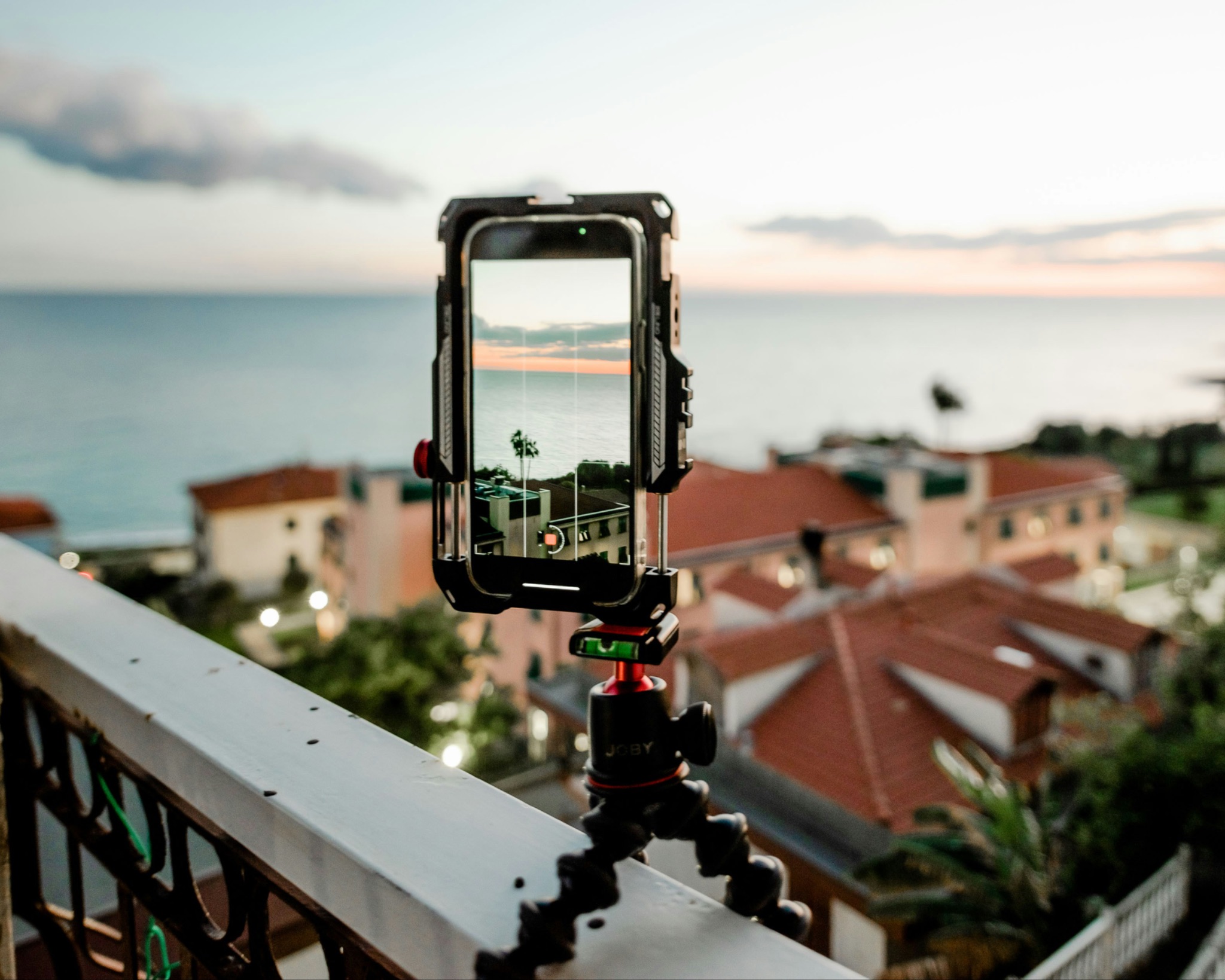


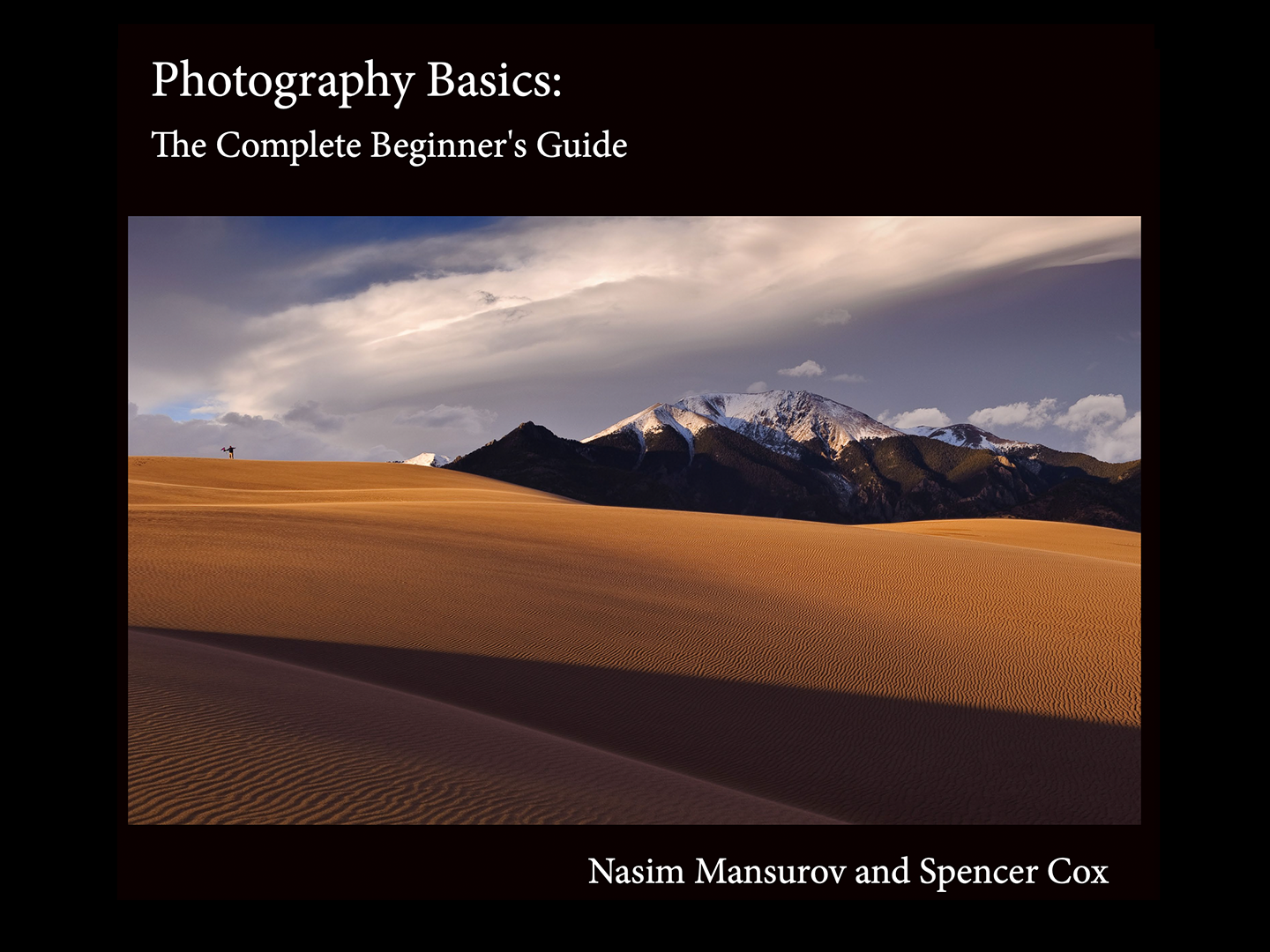
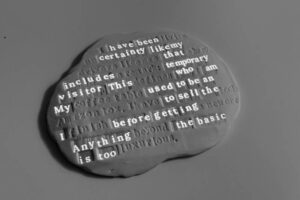
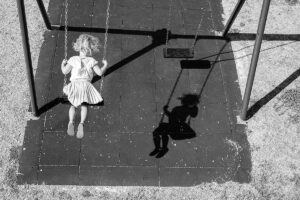


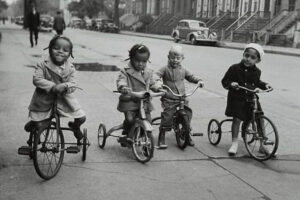
 English (US) ·
English (US) ·